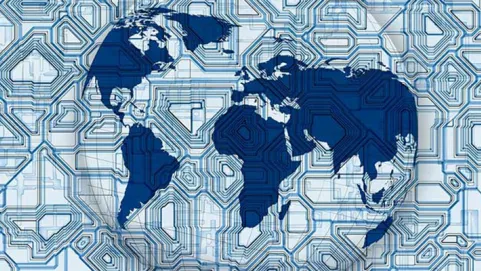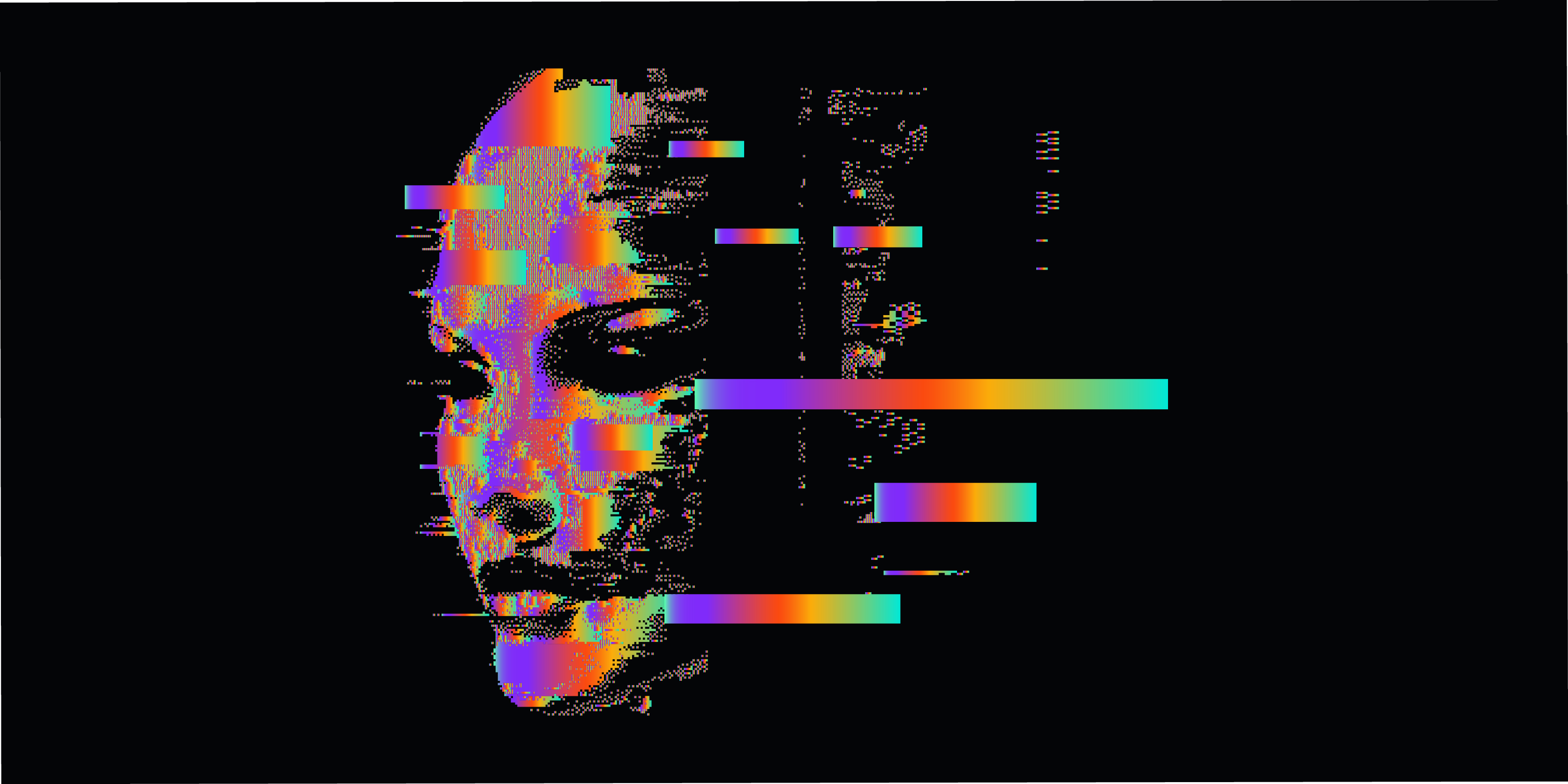
Global risks at the nexus of geopolitics and technology are increasingly disruptive as they exhibit rapid growth, unpredictability, diffusions from state to non-state actors and require a security policy paradigm shift from defence to resilience.
The nature of threats has been completely altered since the end of the Cold War. While during the Cold War, states faced threats; they are now confronted by risks. Threats occur when actors have both the capabilities and the intentions to harm the security of others. When either capabilities or intentions are lacking, then states face risks. Unlike threats, which are precisely identified through hostile intent supported by the required capabilities, risks are the product of the probability and utility of some future events. It follows that risks are more subjective and hence also more numerous.
In addition with the advent of emerging technologies which rely on advances in the digital, neurological, biological and atomic domains, the access as well as the speed of development and proliferation provide states and new actors (non-state actors and individuals) with means of power that can have strategic impact. It follows that the scope of potential threats broadens dramatically. This require new thinking into security policy and requires a paradigmatic shift from defence to resilience.
The global risk and resilience cluster (GRRC) positioned itself as a thought leader on risks at the nexus of geopolitics and technology. To that purpose, it particularly monitors, analyses and interprets the impact that emerging technologies such as artificial intelligence (AI), synthetic biology, neuroscience, quantum computing, and nanotechnologies, will have on international politics, geopolitics, warfare and conflicts. In addition to the identification of emerging risk and future trends that will impact international security and warfare1 the GRRC also promotes new responses that can be brought to deal with these emerging risks notably through the concept of resilience.
The GRRC is composed of three analytical pillars:
- Traditional geopolitical risk and international conflicts
- Geopolitical risks for the private sector
- Risk related to the impact of disruptive and emerging technologies on geopolitics
It offers:
- Innovative and prospective insights about the future of international peace and security
- Expertise about global risks that is located both in-house and through the GCSP’s networks
- Tailored and generic training for the public and private sector in global risks and geopolitical analysis
- Policy-oriented research and publications in topical issues dealing with global risks
- Engagement with multiple stakeholders – state, civil institutions as well as military and law enforcement forces, intergovernmental bodies, not-for-profit organisations and the business sector -- that share the GCSP’s vision on the evolution and implications of global strategic risks.
>> Learn more about the global and emerging risk training in Geneva
1 http://press.georgetown.edu/book/georgetown/surrogate-warfare





